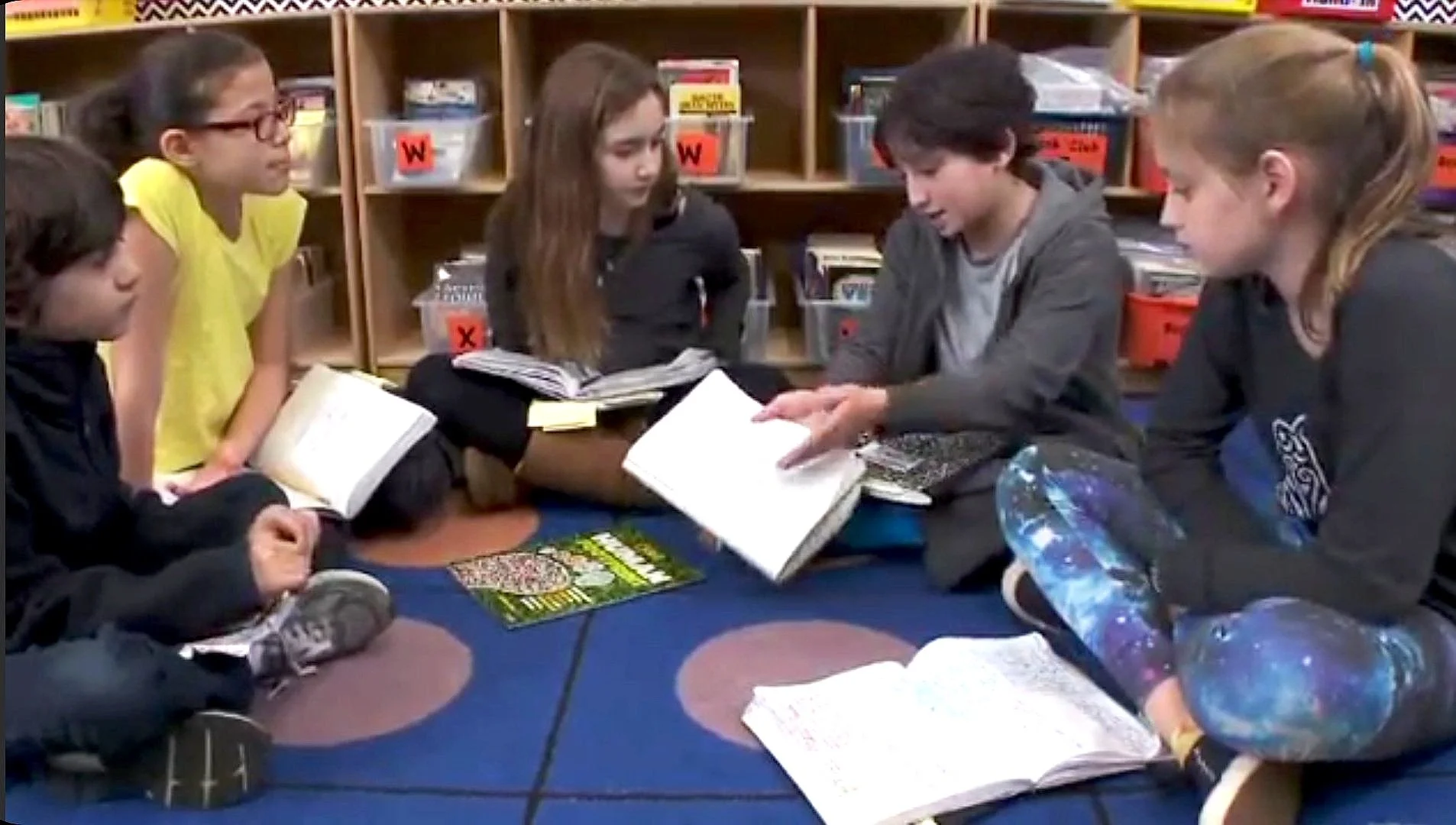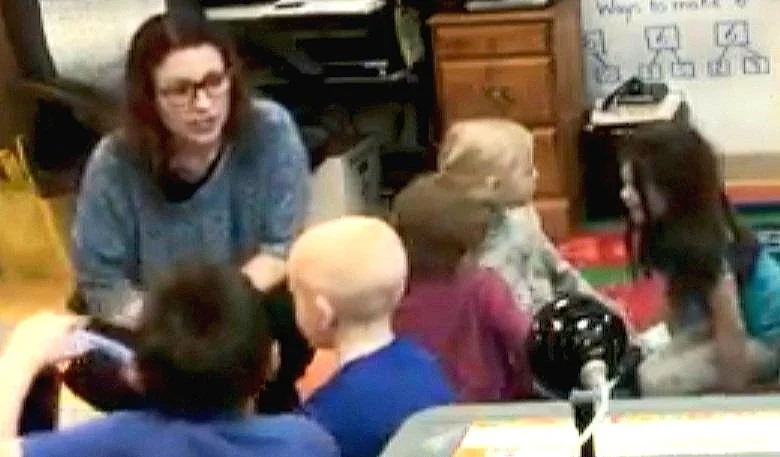Small Group Instruction
Small group instruction supports students through strategy lessons, guided reading and writing, book clubs and small group shared reading. Teachers select and prioritize the structure of small group instruction based on students’ needs alongside text and curricula demands. My recent work with instructional coaches from several school districts helped me to revise and clarify my current definitions.
Strategy Lessons
Strategy lessons focus on a common need among a group of students that may be at a range of reading/writing abilities. Groups for strategy lessons are formed by teachers revisiting their conferring notes and noticing trends (often aligned with current reading and writing units of study) that need supporting or extending. Strategy lessons usually are only one 10-15 minutes session. Teachers first coach into strategies with students using familiar materials (and model as needed), then students try the strategy in their own independent reading books/ writing.
Guided Reading and Writing
Guided reading supports students that are at or below the grade-level benchmark for the time of year. Teachers introduce students to characteristics of a variety of texts that are at their instructional reading level. A guided reading group is made up of students who are at/close to the same reading level. A common short text is chosen for each 10-15 minute session based on phonics needs, qualities of genres, behaviors and thinking work students will eventually need to tackle independently. Teachers provide a brief book introduction (1-2 minutes), considering vocabulary, content, and text structures. The book introduction helps students to read the book without major difficulty but still leaves some challenges. Teachers may provide a focus for the reading during the book introduction. Next, teachers listen in and coach as readers work through decoding and make meaning of the text. After students finish reading their guided reading text, teachers decide on a teaching point and word work based on observed needs as students read.
“Guided writing lessons are intensive, small-group activities that help create instructional support and interaction between teacher and students during writing. Children need explicit scaffolding, constructed within expertly delivered instructional conversations that address the language, knowledge, and strategies required for problem-solving in writing. Guided writing provides an important context for teachers' in-the-moment assessment and immediate instructional scaffolding of students' construction of their own, individual texts.” - Sharon Gibson
book clubs
Book clubs support all intermediate readers by nurturing stamina, rich comprehension, discourse and responding to self-selected text/text sets (primary readers may take this work on through same-book partnerships). The teacher’s role is to facilitate focused conversations while students select their group’s pace for reading and discussing their selected materials. Students should each determine their personal fluency rate based on how many pages they read within 10 minutes. This will help readers plan for reading in and out of school in order to keep up with their group’s pacing. Book clubs may (but do not have to) align with current curricula content and readers should revisit their personal fluency rates each time they read a different genre.
small group Shared reading
While I believe shared reading should be a 10-15 minute aspect of daily whole-class reading instruction, it can be tremendously effective with small groups to support children who are not yet reading at the grade-level benchmark. Teachers can alternate a week of children reading independently and being met with in guided reading and/or strategy groups (at their instructional level or based on need in independent level texts) with a week of children reading independently and being met with in shared reading cycle groups (with a text that is between the benchmark and their instructional level).
When children are struggling with dimensions of fluency and reading significantly below the benchmark for the time of year, often the gap between their instructional levels and the grade-level benchmarks cannot be closed by only using traditional guided reading and strategy lesson small-group approaches alone.
I support many teachers who feel concerned about children that seem “stuck” in their growth as readers even though they are working with them through guided reading and one-on-one conferring using highly engaging texts. We had to try something different and think outside the box. We realized that for these children, more guided reading was not the answer.
Over the last few years, teachers and I found hope and almost immediate growth after using shared reading cycles with small groups of these readers. I describe this work in-depth in my article, “Shared Reading in Small Groups: Supporting Struggling Readers.”




